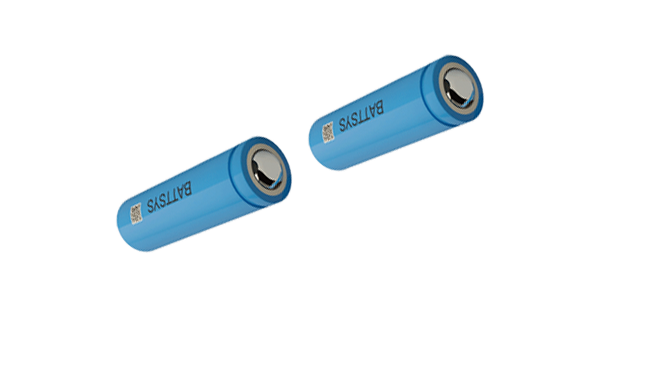How are large lithium-ion battery packs produced and composed?
Large lithium-ion battery packs are generally composed of pads, which are assembled in parallel by modules, and the modules are assembled in parallel or series by small batteries (CEL). Therefore, its production principle is basically the same as the liquid electrolyte lithium-ion battery and polymer lithium-ion battery mentioned above. Lithium ion battery module, charge and discharge controller, thermal management system, module balancing electronic system, and electronic system for communication with the outside world (such as automobiles). However, lithium-ion battery packs have higher requirements in terms of electrode tab extraction, heat dissipation, and abuse resistance. Therefore, these aspects should be taken into account during assembly and design. When producing power polymer lithium-ion batteries, it is necessary to balance the relationship between electrode thickness, compaction density, and output power to avoid affecting the diffusion of lithium ions, which is different from mobile phone lithium-ion batteries in practical use. In addition, the thermal effects of batteries include heat generation (reversible and irreversible) and heat dissipation (conduction and convection). During charging, the negative electrode mainly generates heat, while during discharging, the positive electrode mainly generates heat.

When small batteries are assembled into large batteries through series or parallel connection, it is impossible for all small batteries to achieve uniform resistance, capacity, heat dissipation rate, etc. One or a few of them may have overcharging or overdischarging problems, and overcharging can easily cause problems. For example, when a small battery is charged in parallel, the current with low resistance is high, so it will be overcharged first. Batteries with small capacity will be discharged first. The more batteries there are, the harder it is to control this problem. Therefore, an electronic monitoring system must be adopted to monitor each small battery and prevent overcharging and overdischarging; And at the same time, circuits are used to balance these small batteries and improve the service life of lithium-ion battery packs.
Connect battery modules in series to increase voltage and in parallel to increase capacity. However, in practical use, the voltage of battery packs is generally lower than 50V, as it is unsafe for the human body and its use will be strictly restricted. After forming the battery module, it is generally required to be above 200V in pure electric vehicles, so the electrical insulation requirements are higher.
When assembling small batteries into battery modules, the assembly density of cylindrical batteries is not as high as that of square batteries. Cylindrical batteries are easy to place on the panel; However, due to size limitations, square batteries have poor compatibility with the panel end when assembled into modules.
In order to improve the safety performance and heat resistance of lithium-ion batteries, in addition to using air or liquid cooling methods in the design of battery packs and bubble modules, it is also possible to introduce a heat transfer center tube in the small battery. After introducing the heat transfer center tube, the maximum temperature will significantly decrease, which will reduce the energy density. In addition, internal circuit isolation devices can also be used in the design of small batteries, and there are currently two main types of internal isolation devices. Connect the internal current boss to the external post using a low melting point alloy. When the current is too high, the alloy generates heat, melts, and separates from the external circuit. Another method is to weld the electric feedback through the control current to the contact disc. Excessive current can cause slag and detachment at the welding point, but it can also prevent excessive current.
Of course, there are also single cell batteries that can be directly made into single cells. With current technology, ion cell batteries with LMnO as the positive electrode and graphite as the negative electrode can have a capacity of up to 20A · h; A lithium-ion battery with LiFePo as the positive electrode and Li4 TisO as the negative electrode can have a capacity of up to 1cA · h, while a lithium-ion battery with LMmO4 as the positive electrode and Li4 TisO as the negative electrode can have a capacity of up to 20h. However, for higher capacity single cells, compared to current domestic and foreign technologies, safety has been improved and enhanced.
